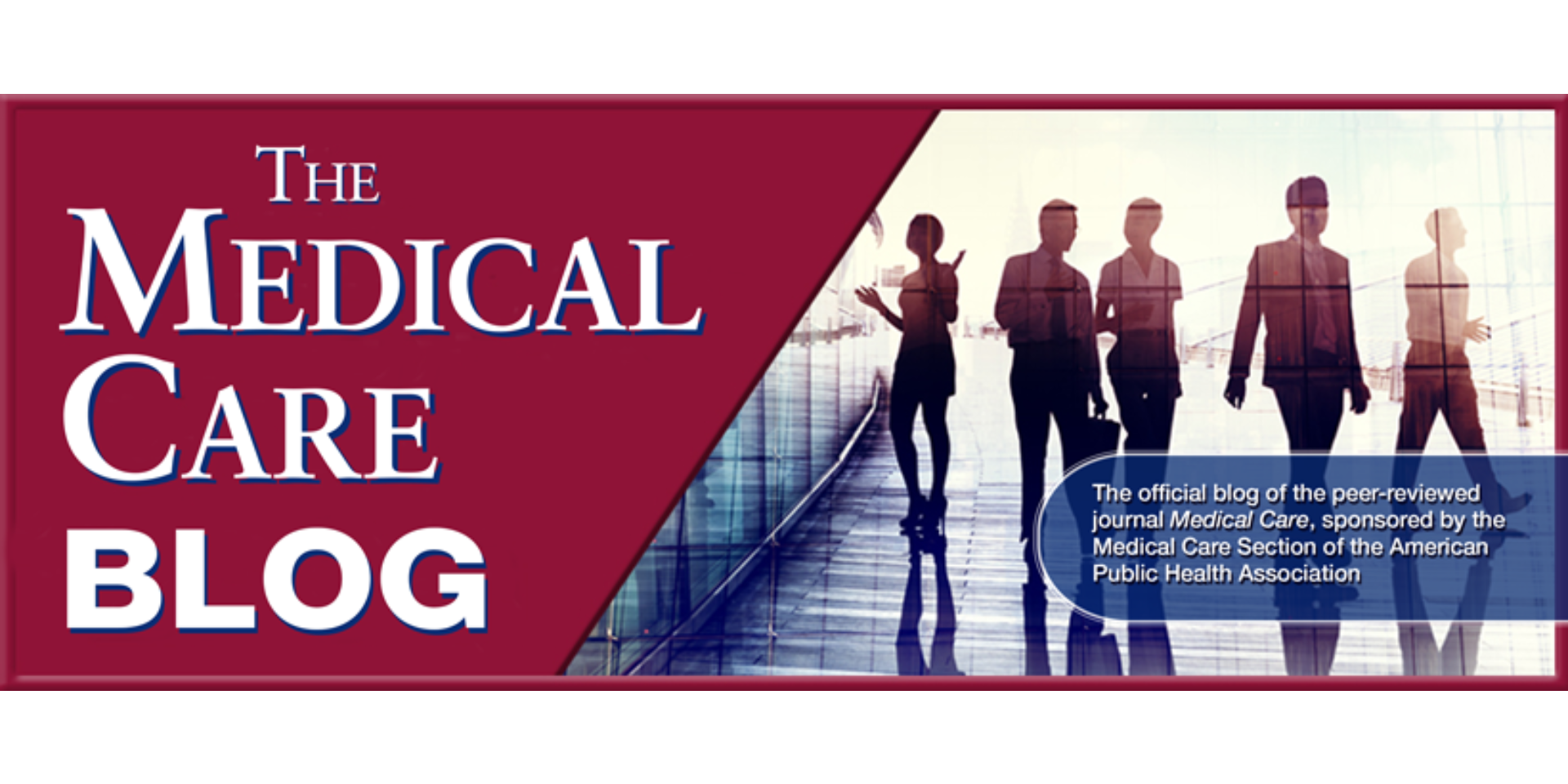A Renewed Outlook on Substance Use Prevention
An Opportunity to Get Ahead of the Overdose Crisis For many Americans, drug use ‘prevention’ conjures memories of early public health campaigns using fearsome imagery and catchy slogans to deter substance use. Campaigns implored youth to “just say no” to drugs, and the public received stark warnings: “this is your brain on drugs.”











































